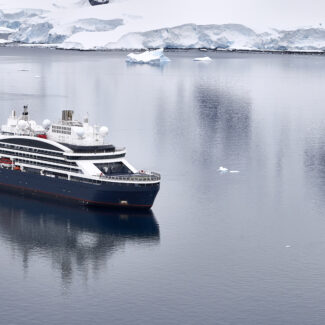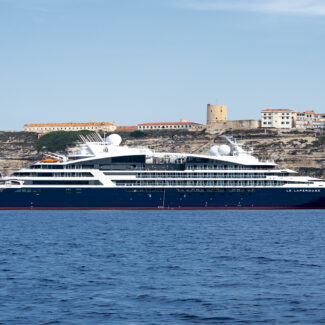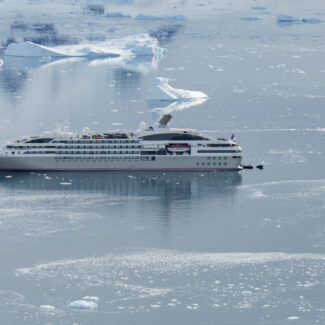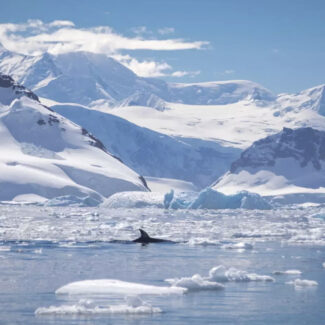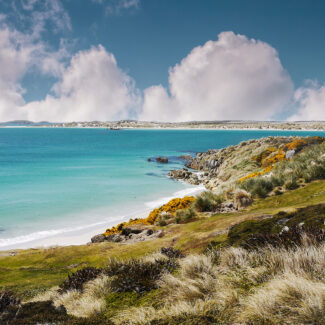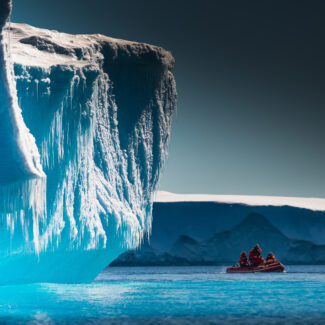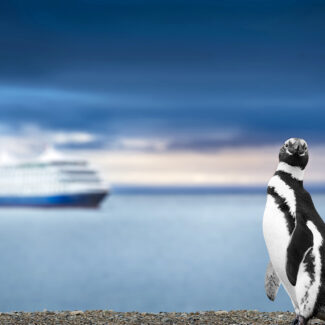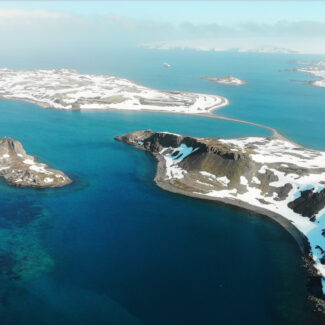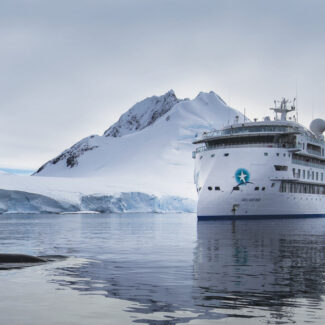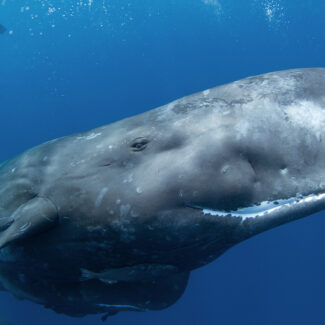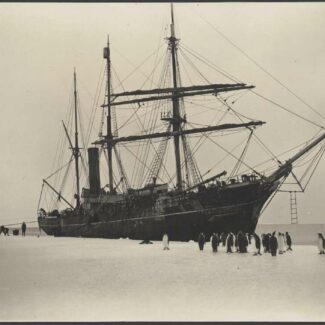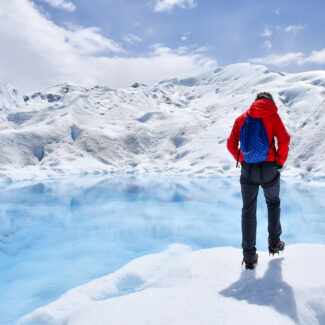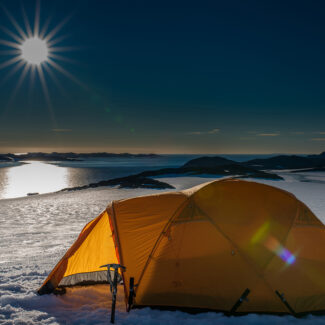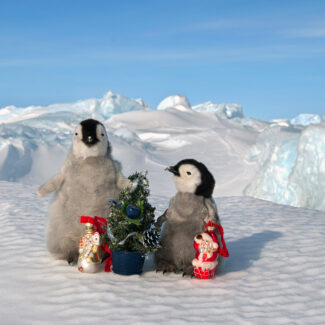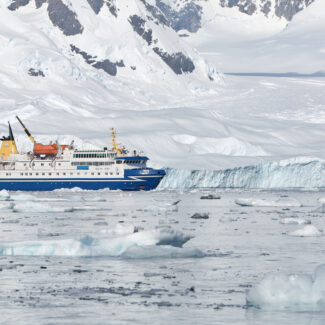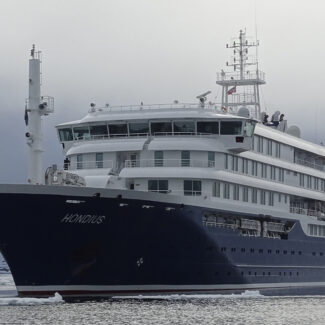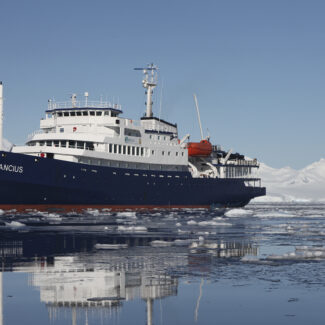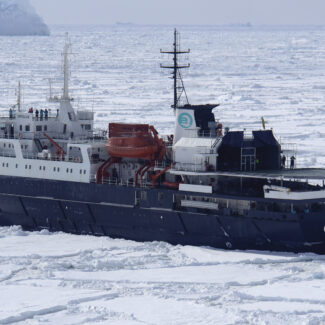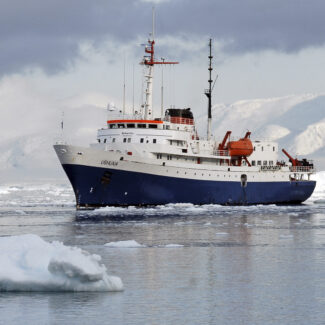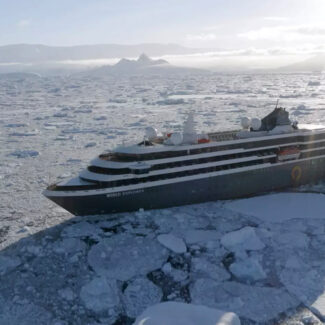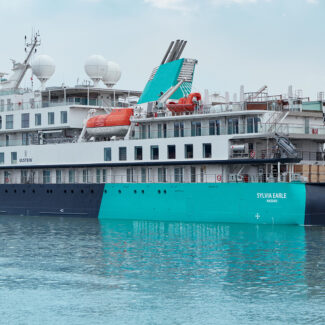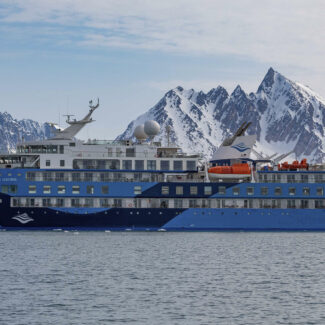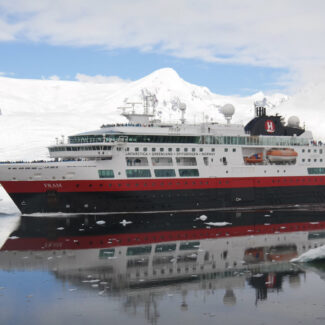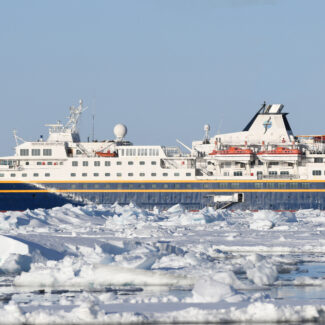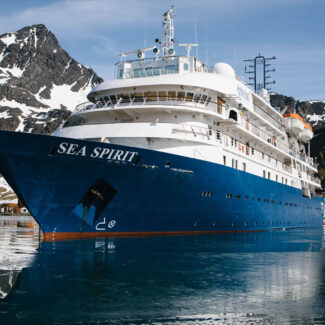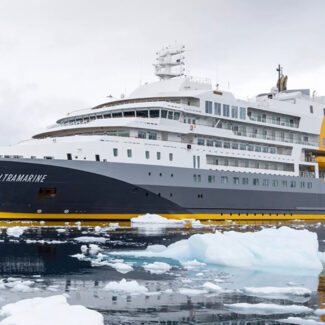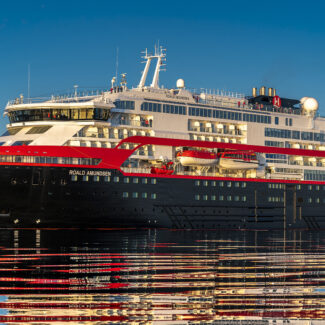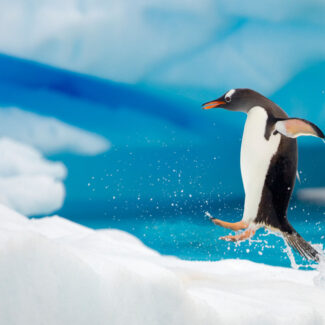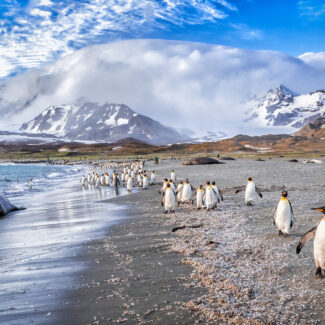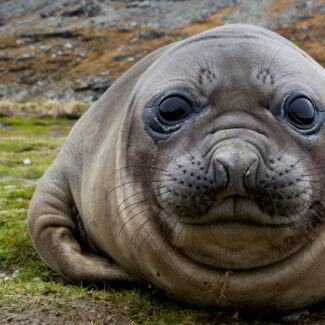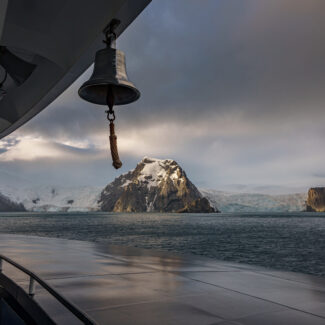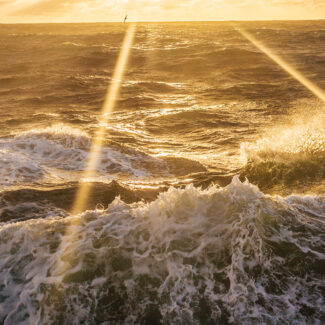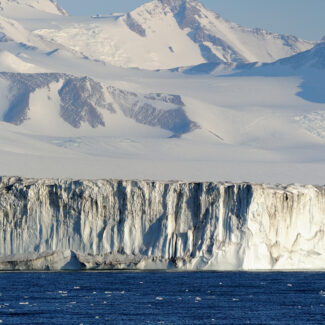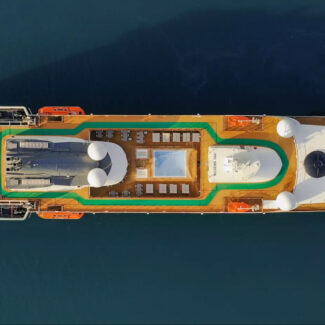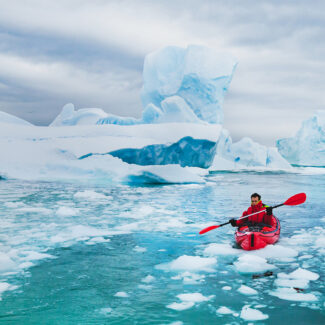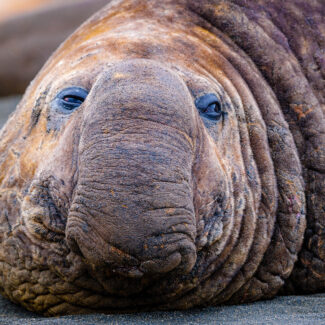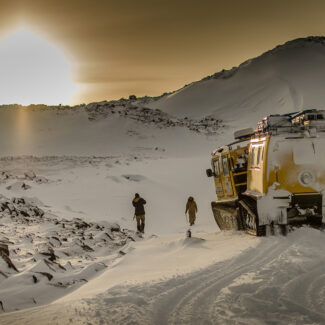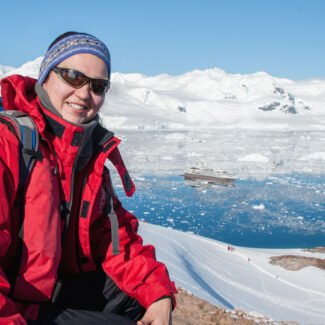Narwhal Tours & Expeditions
Highlights
- Witness (with luck) a magical, near-mythical creature in its natural habitat
- Narwhals are particularly abundant between Greenland and the Canadian Arctic Archipelago, making Northwest Passage and Canadian High Arctic cruises the best potential narwhal-viewing trips
- Narwhals also occasionally seen on Svalbard cruises
- July to September the likeliest windows for spotting narwhals on Arctic cruises
- Floe edge excursions access a dynamic environment rich in marine life, providing opportunities to see other species such as seals, whales, and a variety of seabirds in startling close-up
We’ll level with you: It’s not all that easy spying the “unicorn of the sea.” Narwhals are notoriously shy, deep-diving, and often widely scattered in small pods. That makes glimpsing these small cetaceans—related to and overlapping in range with beluga whales and best-known for the long, corkscrewed tusk (an enlarged tooth) sported by males—all the more incredible, and it’s at least a tantalizing possibility on a number of different Arctic cruises.
Restricted to the Arctic Ocean—and especially prevalent from the Canadian High Arctic and Greenland eastward to Svalbard and the Russian Arctic—narwhals undergo annual migrations from their wintery range along leads in the offshore pack ice to their preferred summertime sinaaq (“edge of the ice” in Inuktitut) haunts in coastal waters at the floe edge where landfast ice meets the open Arctic Ocean and species thrive.
About Narwhal Tours & Expeditions
We’ll level with you: It’s not all that easy spying the “unicorn of the sea.” Narwhals are notoriously shy, deep-diving, and often widely scattered in small pods. That makes glimpsing these small cetaceans—related to and overlapping in range with beluga whales and best-known for the long, corkscrewed tusk (an enlarged tooth) sported by males—all the more incredible, and it’s at least a tantalizing possibility on a number of different Arctic cruises.
Restricted to the Arctic Ocean—and especially prevalent from the Canadian High Arctic and Greenland eastward to Svalbard and the Russian Arctic—narwhals undergo annual migrations from their wintery range along leads in the offshore pack ice to their preferred summertime sinaaq (“edge of the ice” in Inuktitut) haunts in coastal waters at the floe edge where landfast ice meets the open Arctic Ocean and species thrive.
